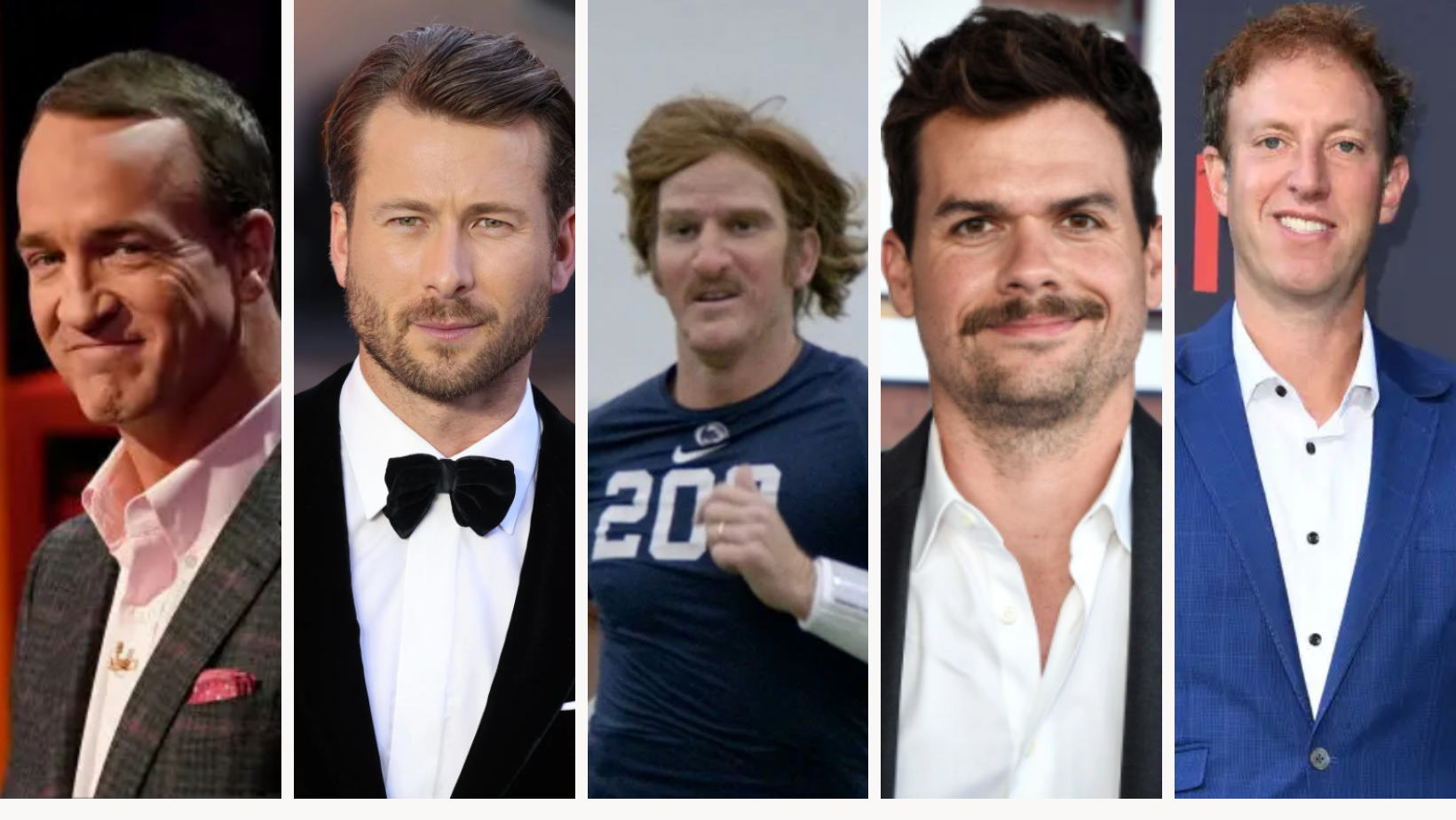In recent years, the salaries of public officials have come under increasing scrutiny. Among the most debated comparisons is the gap between what state governors are paid compared to the coaches of collegiate athletic teams within their state. Recently, The Kansas City Star published an eye-opening report that starkly illustrated this disparity: in 49 out of 50 states, the highest-paid coach in the state earns more than the governor. The one outlier is Alaska, where the state’s top coach still earns less than the governor.
This financial reality presents a fascinating lens through which we can explore the massive cultural and economic shift in the United States—one where sports, particularly college sports, dominate both public attention and state spending priorities. The “Coaches vs. Governors” debate sheds light on the growing influence of college sports and how it’s reshaping the economic landscape in nearly every state. This article delves into why coaches come out on top in this landslide and what it says about priorities in the modern age.
[ez-toc]
The 49-1 Blowout: Why Do Coaches Out-Earn Governors?
The data from The Kansas City Star report paints a compelling picture: across almost the entire United States, the highest-paid coach in each state earns more than the sitting governor. College football and basketball coaches, in particular, make up the bulk of these big earners, with names like Nick Saban (University of Alabama), Dabo Swinney (Clemson University), and John Calipari (University of Kentucky) commanding salaries in the millions.
But why is this? What factors are driving this trend, and how have we reached a point where a football or basketball coach earns more than the leader of the state government?
1. The Revenue-Generating Power of College Sports
One of the most significant factors behind this salary imbalance is the sheer revenue-generating power of college sports. Particularly in states where collegiate football or basketball is more than just a game, it’s a cultural institution. Colleges generate millions in revenue from TV contracts, ticket sales, merchandise, and donations, and much of that success is tied to the performance of their sports teams.
Consider the Southeastern Conference (SEC), often regarded as the pinnacle of college football. The SEC has multi-billion-dollar television contracts with networks like ESPN and CBS, funneling massive amounts of money into its schools. Coaches, as the public faces of these athletic programs, are highly compensated because they are viewed as key drivers of the success—and by extension, the financial stability—of the school. Their ability to recruit top talent, win games, and keep fan interest high directly correlates with revenue generation.
In contrast, governors, despite holding positions of political leadership, don’t have the same direct financial impact. While they govern budgets worth billions and oversee the well-being of millions, their financial contribution is less tangible to the public than a winning football season or a national championship.
2. Public Demand and Fan Engagement
Sports fandom is a powerful force. Across the country, millions of people are emotionally and financially invested in their college sports teams. This level of engagement creates pressure on universities to field competitive teams, which in turn means hiring and retaining high-quality coaches, often at exorbitant salaries. For many universities, especially those in smaller or rural states, successful sports teams also serve as a valuable marketing tool. They increase national visibility, encourage alumni donations, and even drive up student applications.
Governors, on the other hand, work in a sphere where public satisfaction is much harder to quantify. Their achievements, while important, don’t typically inspire the same level of widespread enthusiasm as a national championship run. In the “Coaches vs. Governors” salary battle, coaches have the advantage of working in an industry where success is measured in immediate, tangible terms like wins and losses, which directly feed into the public’s passion.
3. The Role of Higher Education Budgets
Another key reason for the stark pay disparity lies in how salaries are funded. College coaches, particularly at public universities, often draw their salaries from athletic departments that are separate from the general operating budgets of the institution. In many cases, coaches are paid through revenues generated by the athletic program itself—be it through media rights, ticket sales, or private donations.
Governors, on the other hand, have their salaries set by state legislatures and are funded through taxpayer dollars. The public nature of these funds means that there is much less flexibility for dramatic salary increases. Political realities and public perception constrain how much governors can earn, while coaches’ salaries are subject to market forces in a highly competitive sports industry.
4. Alaska’s Outlier Status
Alaska remains the lone state where the governor out-earns the state’s top coach. This is due in part to Alaska’s unique sports culture, where college athletics do not hold the same level of importance as they do in other states. With no major football or basketball programs drawing in massive revenue, the demand for high-paid coaches simply doesn’t exist.
The Ethical Debate: Should Coaches Really Earn More?
The salary disparity between coaches and governors raises an important ethical question: should coaches really be earning more than public officials responsible for the welfare of millions? For many, the idea that a football coach can make ten times more than a governor seems absurd, particularly when that coach’s salary is paid by a public university.
Critics argue that this imbalance reflects a distorted sense of priorities. At a time when many states face budget deficits, rising tuition costs, and cuts to public services, the fact that a coach’s salary can top $10 million seems indefensible. In these critics’ view, the Coaches vs. Governors debate highlights the over-commercialization of college sports, where winning is prioritized over the broader educational mission of the university.
On the other hand, defenders of high coaching salaries point out that college sports are big business. The market dictates that the best coaches—those who can deliver championships and drive revenue—should be compensated accordingly. They argue that these salaries are not paid by taxpayers, but by the athletic departments and private donors who willingly support the programs.
How Governors Are Reacting
Interestingly, governors themselves don’t seem to be raising much fuss over the pay gap. Many governors acknowledge the unique role sports play in the public consciousness and the positive economic impact successful programs can have on their states. Some even see the success of their state’s college programs as a win for their administration, with increased economic activity and national attention benefiting the state as a whole.
That said, some governors have gently expressed concerns about the direction of college athletics. They worry about rising tuition costs and the message being sent when educational institutions place so much financial emphasis on sports. For these governors, the Coaches vs. Governors disparity is less about personal paychecks and more about the broader implications for higher education.
The Future of the Coaches vs. Governors Debate
The massive salary gap between coaches and governors is unlikely to change anytime soon. As long as college sports continue to generate millions in revenue, universities will be willing to pay top dollar to hire and retain winning coaches. In an era where college athletics are a major source of pride and public engagement, coaches have become the most visible—and most financially rewarded—figures in many states.
Still, the Coaches vs. Governors debate underscores an ongoing tension between sports and education. As the salaries of coaches continue to climb, so too will the calls for reform and greater oversight in college athletics. For now, however, coaches remain firmly in the lead—at least when it comes to paychecks.


